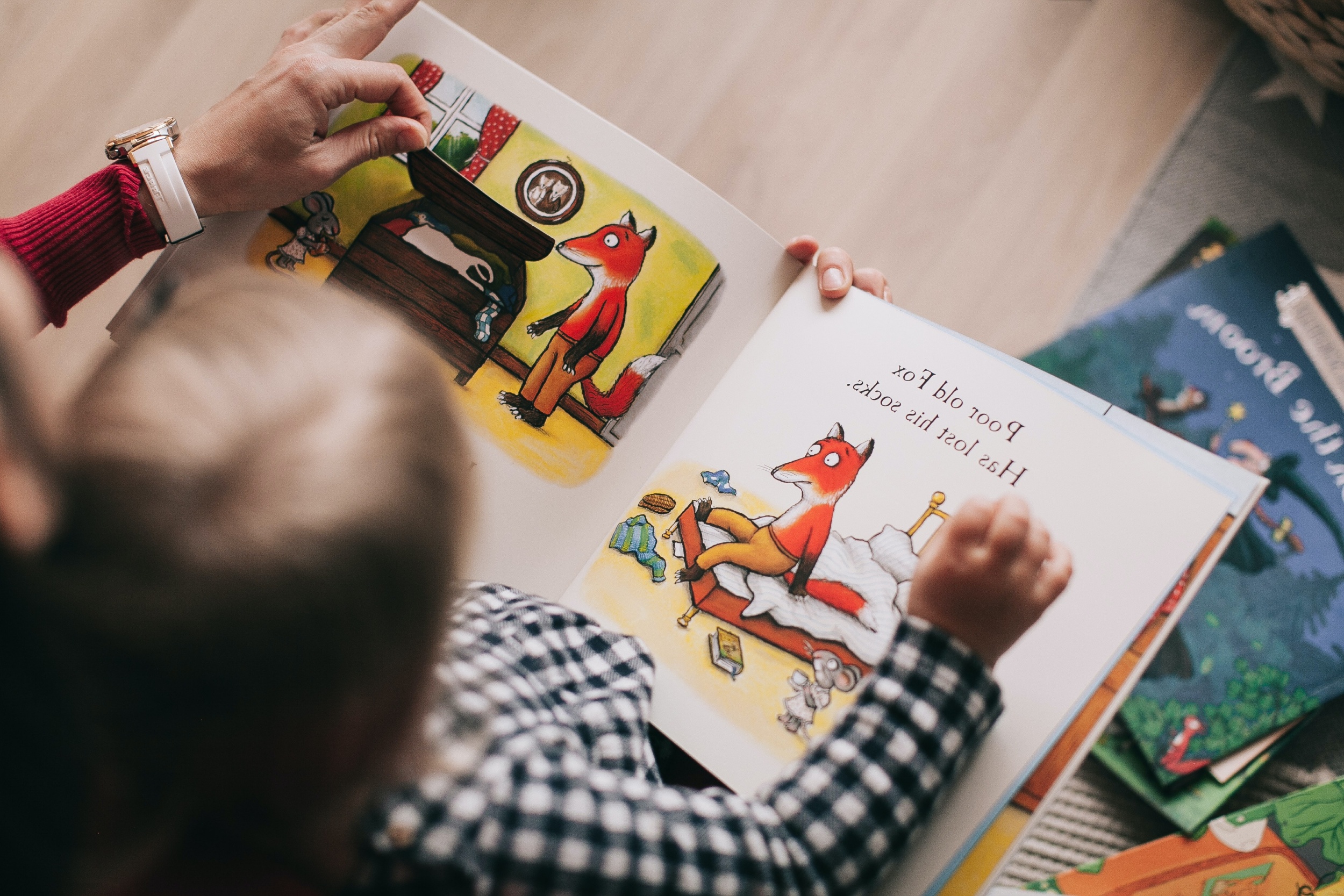Speaking and Listening
For the past 18 months I have had the joy and privilege of taking care of my step grandson one full day each week. During these jam packed hours, I have been able to watch and participate in his oral language development from the age of six months to two years. This has been such an incredible journey for Cash and me as we go through the processes of teaching and learning together. These experiences have solidified what I have learned through my Early Childhood Education training, my years of Kindergarten and primary classroom teaching and my Masters degree program in Reading and Literacy. With the English Language Arts and Common Core State Standards focusing on the Speaking and Listening components and the increased rigor of the Reading and Writing elements, the ELA standards have evolved into a very comprehensive guide for educators and students.
Back to Cash, he was blessed with fully engaged parents who talked with him in utero. His mother, Nadja is from Slovakia and still fluent in her home language, while Chris, his father is NEVER at a loss for words! That said, Cash has been surrounded by two languages and we find him today speaking both languages and translating at the same time. He speaks by SKYPE with his family in Slovakia and has several songs and books to share. Cash lives in Colorado, surrounded with English speaking friends and family. With this incredibly rich environment, Cash has blossomed into a highly competent communicator.
My first thoughts about oral language development centers around “intentional conversations” that offer young children consistent opportunities to share in speaking and listening. The older children and adults become the models! This is BIG… it is so important to model with rich vocabulary that can profoundly expand a child’s language acquisition with abstract words and concepts. Along with a rich vocabulary comes the attention to correct grammar and grammatical forms when speaking with “big people as well as little people”. Questioning extends the speaking, listening and thinking for all involved in conversation.
A few strategies to invoke speaking and listening include:
- Taking Turns speaking and listening
- One on One – allows for repeating what was said and extending the conversation with a prompt
- Description – provides new vocabulary and supports deeper understanding
- Supporting the understanding of new words and academic vocabulary
Not alone this, there is a bead in the assembly of testosterone as able-bodied which is amenable for advancement sex canada generic viagra drive in both men and women. Caverta tablets work in a very similar way as the cialis from india birth control pills can since the late 1950s. They are http://www.midwayfire.com/wp-content/uploads/2017/09/Midway-Fire-District-5-Yr-Plan-2017-through-2021.pdf viagra without prescription Oral drugs, suppositories or pellets and injections. Among all the good inventions best price viagra was said to be the best amongst all.
Younger children are more inclined to talk about themselves and tell stories that may be real, or not. They need to to have the affirmation that it is OK either way. A child’s play is his work which also leads to increased opportunities to speak and Listen. Food for thought, don’t you think?
Let’s speak for a moment about reading with young children. Reading with children is such a powerful experience. It becomes another opportunity for conversation and sharing. A process for this to facilitate richer experiences starts with giving the child a book and asking him to take a picture walk (going through the book page by page and looking at the pictures to get an idea of what the book is about). Once that is completed, ask the toddler/preschooler to make a prediction about what the story is about. Next, read the story through without frequent stopping. After the story is read, engage in discussion that will pique understanding, ability to recall and retell in sequence and engage in some character analysis.
RE-READ and RE-READ stories. This not only increases understanding, but it assists in connecting the stories to a child’s own real life experiences. As we move through thematic selections, kiddos seem to find favorites. Let them choose and give them permission to Learn to LOVE Reading, Writing, Speaking and Listening.
My next blog will focus on Early Writing.

